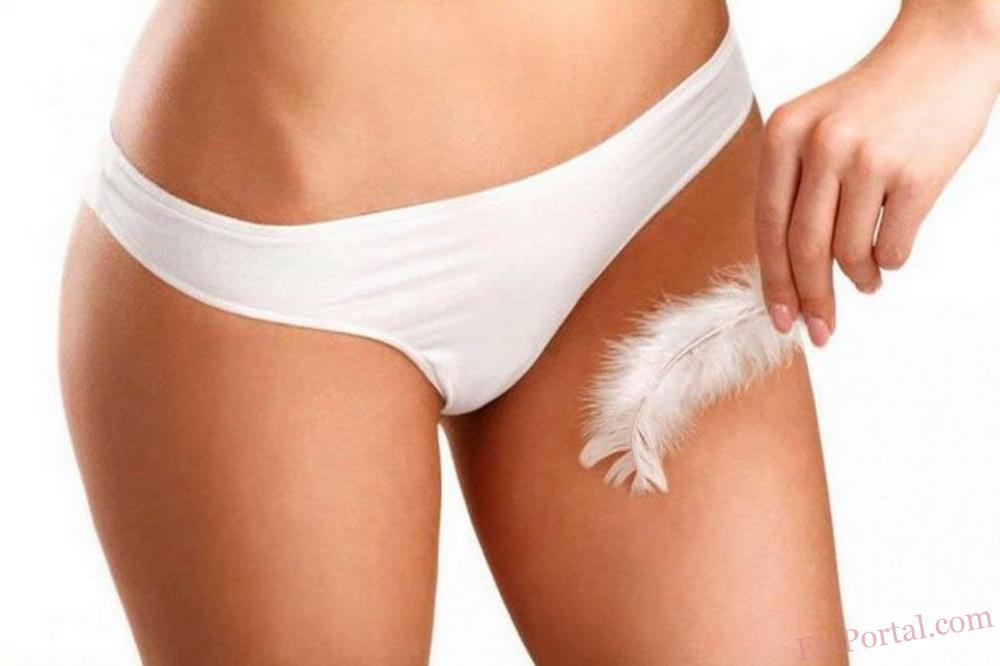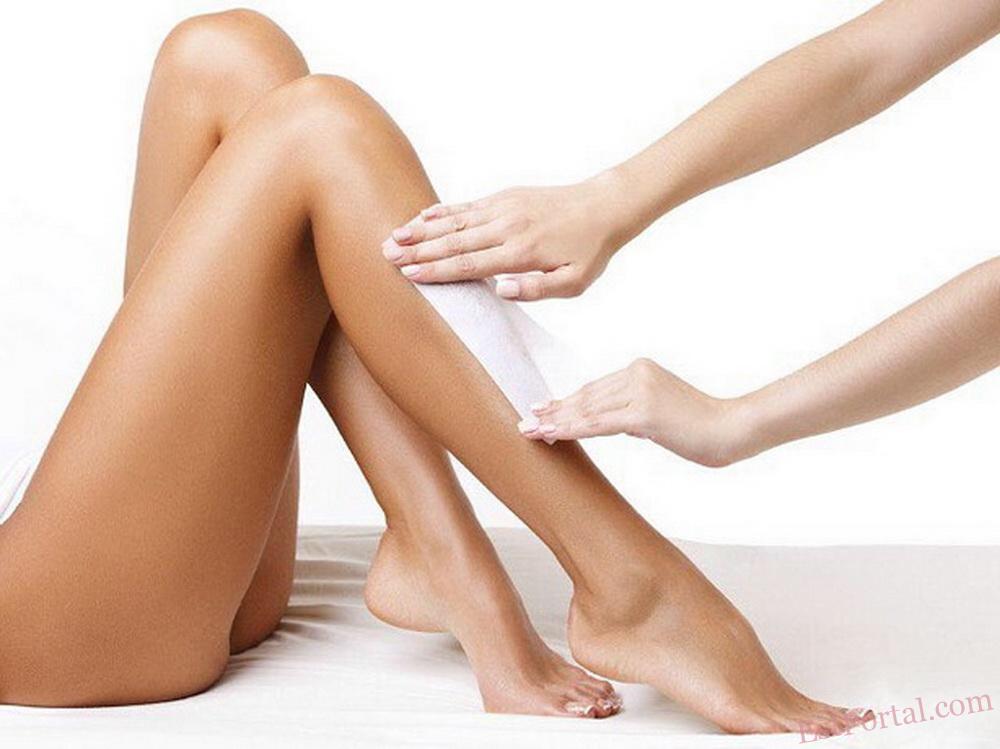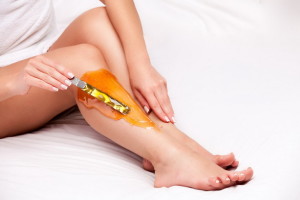
Hair Removal for Teenage Girls
Adolescence is the period when a girl transforms into a young woman. This process does not always go smoothly and often brings many insecurities. One of them may arise due to the appearance of hair on the legs, underarms, and bikini area. Many are curious to know what age is appropriate for starting depilation or epilation procedures so that they are beneficial and do not cause harm.
The age of safe hair removal
Girls usually start feeling discomfort about unwanted hair at the age of 11–12. Nowadays, however, active hair growth often begins as early as 9 years old. The main factor to consider here is the girl’s emotional reaction to this feature. Some young ladies up to 12–14 years old don’t pay much attention to the appearance of hair, but in some cases, even at the age of 10, a teenager may feel very self-conscious about it.
It’s important to act based on your child’s needs. If your daughter feels uncomfortable about the growth of unwanted hair, have an open conversation with her and teach her everything she needs to know. However, if you don’t notice any negative reaction to the appearance of hair, there’s no need to insist on hair removal. It’s still useful to have a preventive talk so that your daughter knows she can turn to you when the time comes.
The underarm area does not require waiting for a specific age before the first hair removal. If dark hair starts to grow in this zone, it can be depilated right away. Starting from the age of 10–12, this procedure poses no risk to the body.
Hair removal on the legs is not harmful to health, but it may bring unnecessary early concerns. Explain to your daughter that once she starts shaving, there is a possibility of more intensive hair growth, and the hair may become darker and coarser. If this argument doesn’t matter to her and the hair is already quite visible, there’s no reason to prevent its removal during adolescence.
The situation with the bikini area is a bit more complex. There is no need to forbid removing hair that is visible outside the swimsuit. However, it’s better to wait with the rest of this area until the menstrual cycle becomes regular. While it’s still unstable, touching this area is undesirable. The issue can be solved by removing only the hair visible from under the swimsuit, and trimming the remaining hair with scissors if it is too thick, long, or dark.
The issue becomes especially sensitive when a teenage girl practices sports or dancing, which requires wearing special outfits through which hair may be visible. This can seriously affect her confidence and self-esteem if a ban on hair removal puts her in an awkward situation. Take care of your daughter’s emotional well-being first — there is no real health risk from hair removal, as long as it’s done correctly.
Hair removal methods for a teenage girl
When the topic of hair removal becomes relevant, most girls immediately start using a razor. It’s the simplest, though not the most suitable, method for a teenager. A razor can cause skin irritation, make the hair appear darker and coarser, and leave small cuts that increase the risk of infection. A razor can be used from the age of 11–12, if the hair is already dark and visible by that time.
Depilatory creams do not cause hair to become thicker or coarser. There are special creams designed for teenagers, and they can be safely used from the age of 11–12. Don’t forget to perform a patch test on a small area of skin beforehand to avoid an allergic reaction to the product.
Waxing and sugaring are the most optimal methods for a developing teenage girl. Sugaring does not damage the hair follicle, and after such depilation, the hair becomes thinner and lighter. Starting these methods early may even slow down hair growth in the future — after just 5–7 sessions. This is especially relevant when hair growth begins to bother a girl as early as 9–10 years old. These procedures are completely safe at almost any age, though they can be quite painful.
Laser hair removal can be performed from the age of 14. It is safe if there are no contraindications. However, a full course of procedures can only be done with parental consent. It is advisable to start laser hair removal only after the menstrual cycle has become regular.
The first shaving procedure
If hair removal is truly necessary, it should be done correctly. When choosing sugaring or waxing, it’s best to consult a professional. Take your daughter to a beauty salon and turn it into a pleasant shared experience — for example, have the procedure done together.
If the choice falls on a razor, start with a joint trip to the store. There, your daughter can choose her own personal razor, shaving gel, and aftershave cream. This will help reduce her anxiety about the upcoming procedure, boost her self-esteem — as you’ll emphasize her transition into womanhood — and strengthen the mother-daughter bond, bringing even more trust into your relationship.
It’s very important for a girl to understand that she can come to her mother with any question. In such matters, it’s better for a girl to get a full, clear explanation from her mom — not only verbal guidance but also a demonstration of how to shave underarms or legs and basic depilation care. Otherwise, the teenager will turn to her peers, who may be just as uninformed. As a result, her first attempt might end with cuts, irritation, or dry, peeling skin.
According to a social survey, fewer than 40% of girls discussed their first shaving experience with their mothers; the rest asked their friends or acted on their own. This is an alarming statistic showing that many mothers either fear intimate conversations or don’t have truly close, trusting relationships with their daughters. To avoid this, talk in advance and let your daughter know she can always come to you for advice whenever she needs it — about this or any other topic.
When preparing for the first shaving procedure, keep in mind:
- The razor must be personal, used only by you.
- It’s better to choose a razor with replaceable multi-blade heads rather than a disposable one (replace the head as soon as you feel any discomfort — usually after 2–3 weeks of use).
- Take a shower before shaving — it helps cleanse and soften the skin.
- Always shave in the direction of hair growth, otherwise ingrown hairs may appear, causing inflammation in those areas.
- When shaving underarms: raise your arm to stretch the skin, and move the razor not only from top to bottom but also upward and diagonally — since hair grows in different directions.
- Shave your legs only up to the knee, unless there is another need.
- When shaving around the knee, bend it.
- Always use shaving gel and after-shave cream (a children’s or moisturizing cream will help prevent skin dryness).
- Do not press the razor too hard.
The first depilation procedure is an exciting and emotional moment for a young girl. That’s why it’s very important for adults to help ensure that it goes smoothly — without skin irritation, discomfort, or emotional stress.
Anna BUNYAK













